
This post has been adapted from a twitter thread.
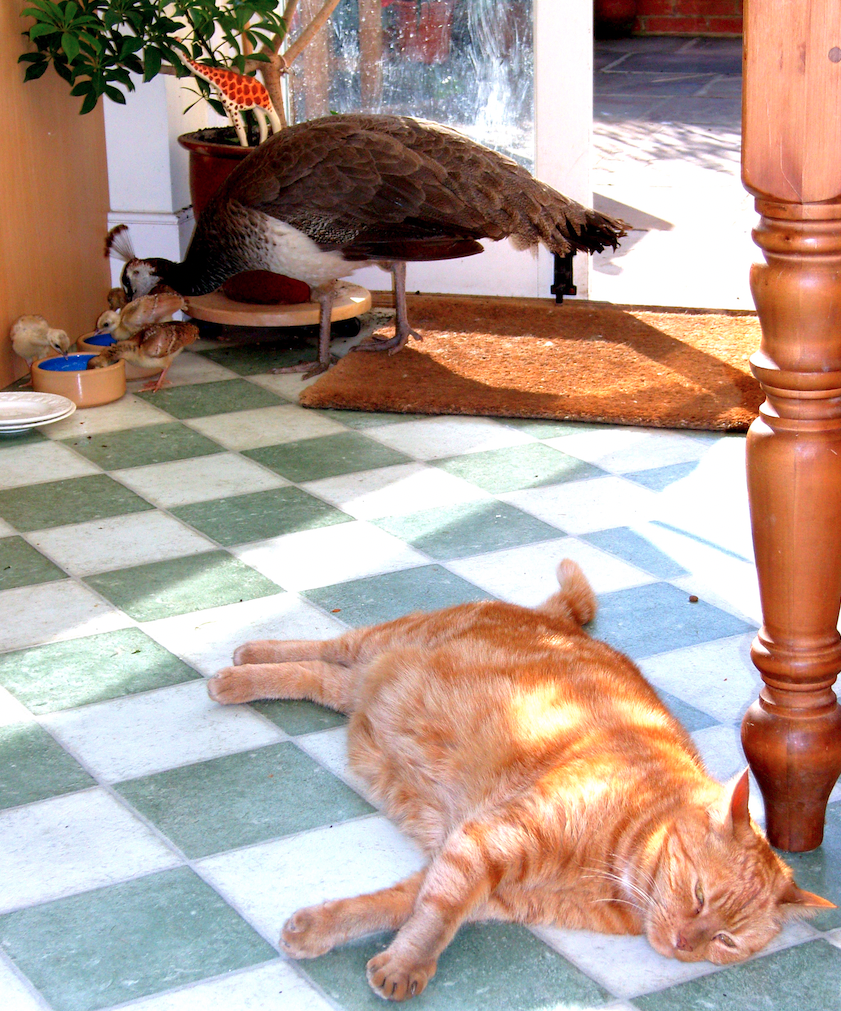
Some time ago, I lived in a house that had a number of peafowl living in the garden. (Long story). They used to come in the house and steal my cats’ food.
We can tell this is a female peafowl – a peahen – because she is busy feeding the children and not squawking and strutting around outside with show-off feathers. But importantly, she is the one that laid the eggs. The eggs are the important thing.
The cat is a male cat – Dylan – he is male because he is fat and lazy and does not produce eggs. His sister, Lottie, is a female because she developed an anatomy that supports egg production. She remains a female even though she was spayed.

When we say Lottie is female and the peahen is female we mean the same thing – a reference to eggs. And that link and common meaning is rooted in deep time. The cat and the bird (and us) share a common ancestor – a common mother who also produced eggs.
That last common mother of all of us looked a little like this…
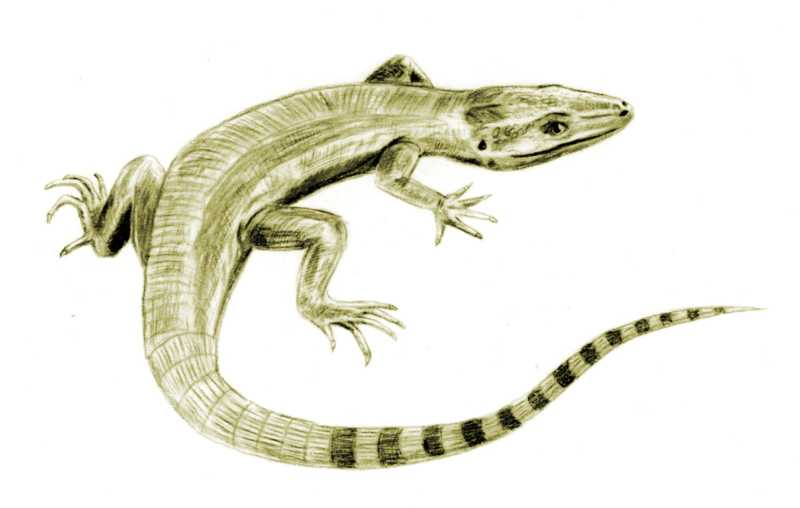
She was an Amniote – a lizard-like creature that had evolved on a different path than the amphibians with an evolved trick of laying eggs out of water.
Our last common mother laid a clutch of eggs – perhaps under some fallen logs, and they hatched to form little baby amniotes. But that family line then diverged, with one side resulting in Synapsida – the cats, and the apes that open the tins for them…
… and on the other side, the Sauropsida – the lizards, crocodiles and avian dinosaurs we call peafowl. Some of the Synapsida evolved an additional neat trick of allowing the eggs to develop internally rather than having to go through the bother of building a nest.
And each female here can trace their ancestry back along an unbroken converging chain of mothers and daughters across 300 million years to that last shared mother – the Amniote lizard-like thing. Males have been along for the ride too – sometimes providing the sperm.
Each daughter looked pretty much like her mother. But over that vast expanse of time, those creatures changed and adapted to a changing world to produce all the species of mammals, reptiles and birds you see today.
And we can keep tracing that line of mothers and daughters back about 1,000,000,000 years to a multicellular organism that started producing different sized haploid sex cells. We do not know quite why, but sexually reproducing organisms that shared genetic material started adopting a system where each sex cell involved in sharing had to be different in size. Large sex cells became eggs and small ones became sperm. That first large sex cell producer was the first female. A billion or more years ago.
That asymmetrical requirement for a small and large sex cell to combine has been remarkably conserved across deep time. That binary asymmetry is what leads to the development of two organism types – males and females. No other sex cell type has emerged in our shared lineage.
Evolution has created two development paths for organisms like our cats and peafowl that allow each organism to develop with respect to each asymmetrical gamete type. Our sex characteristics though vary enormously from the absurd tails of peacocks to the milk glands of my cat.
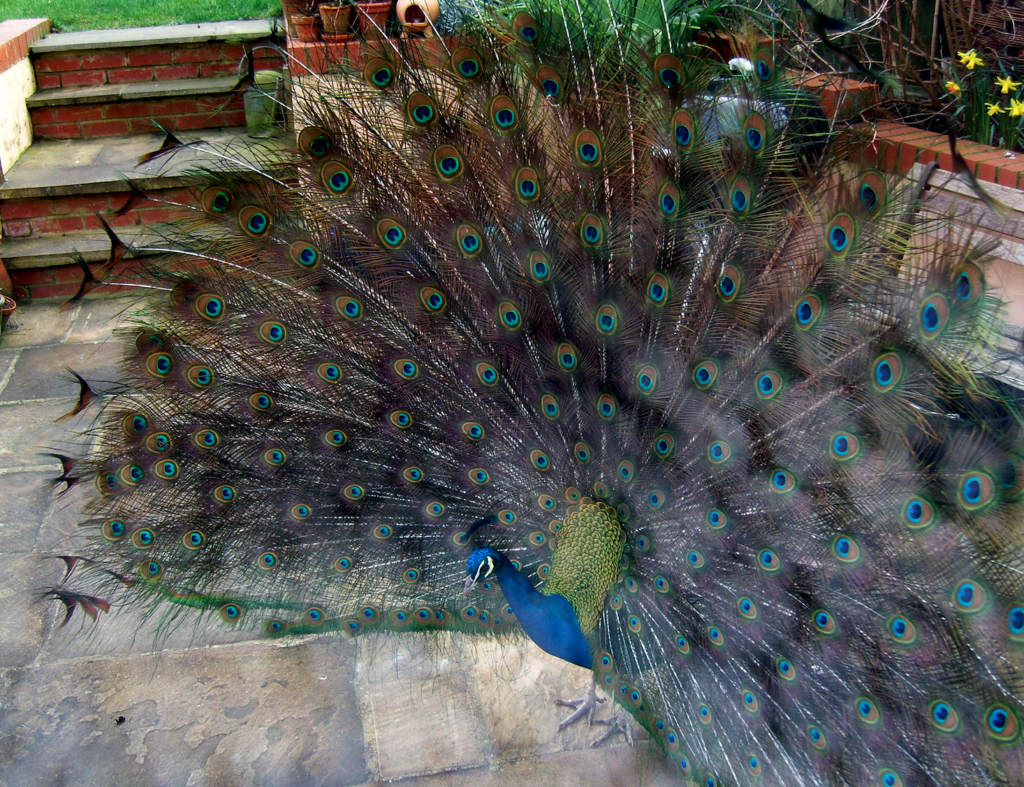
How each sex is determined has become enormously complex, with mammals – XX/XY and SRY gene mechanism – to the ZW/ZZ mechanism in birds – which I understand is still not fully understood. Some of our cousins use environmental switches, like crocodiles.
And of course those male and female development paths are absurdly complex and it is remarkable that they only go wrong very rarely to produce development conditions – what are sometimes called ‘intersex conditions’. These are not new sex classes though as there is no new gamete.
What is strange is that in the past 10 years, an idea has evolved among the cat-food tin opening apes that sex is not real, it is an arbitrary construct, it is ill-defined and difficult to talk objectively about. It is a spectrum of possibilities rather than these two categories.
This is not an idea you will find in the biology peer-reviewed literature where sex is universally described as above – a category based on gamete types. The idea is used to undermine the ability of females to describe their unique position in life & their associated experiences.
It is a political and social idea that impacts females and their rights to define themselves as a material class. Biology rejects this absurd idea of the arbitrariness of sex. We need biologists to speak up and to say that rather than leaving it up to children’s fantasy authors.

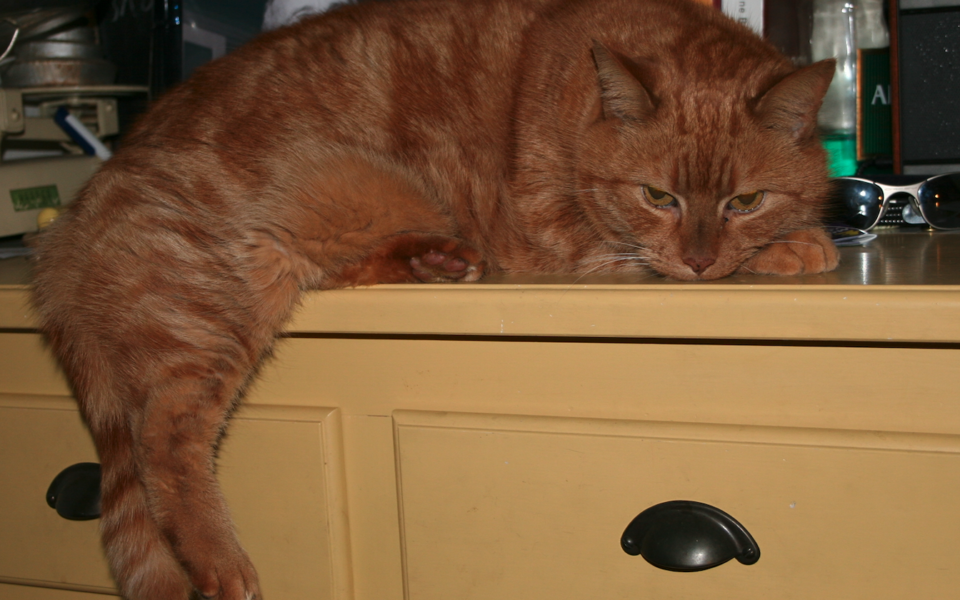
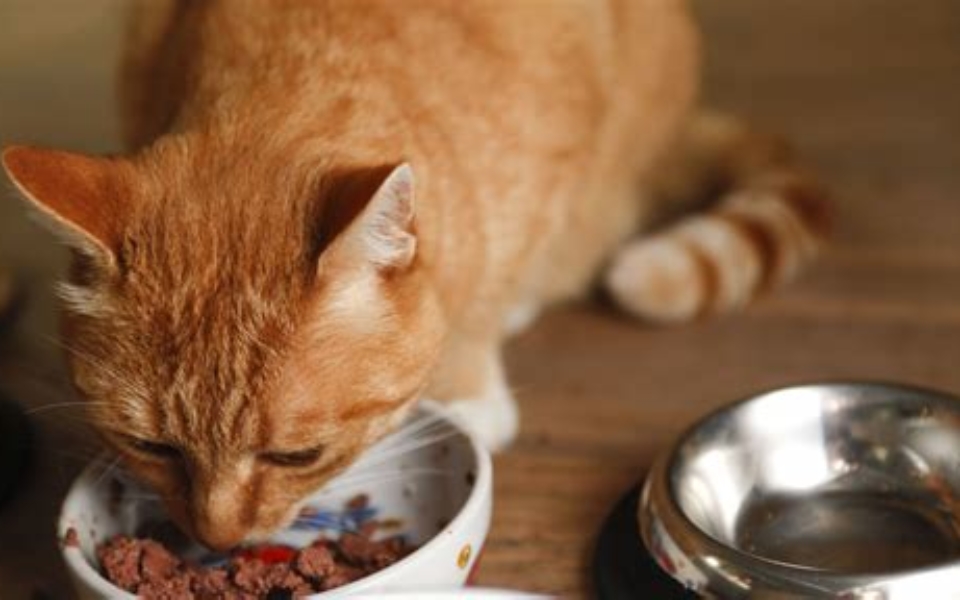
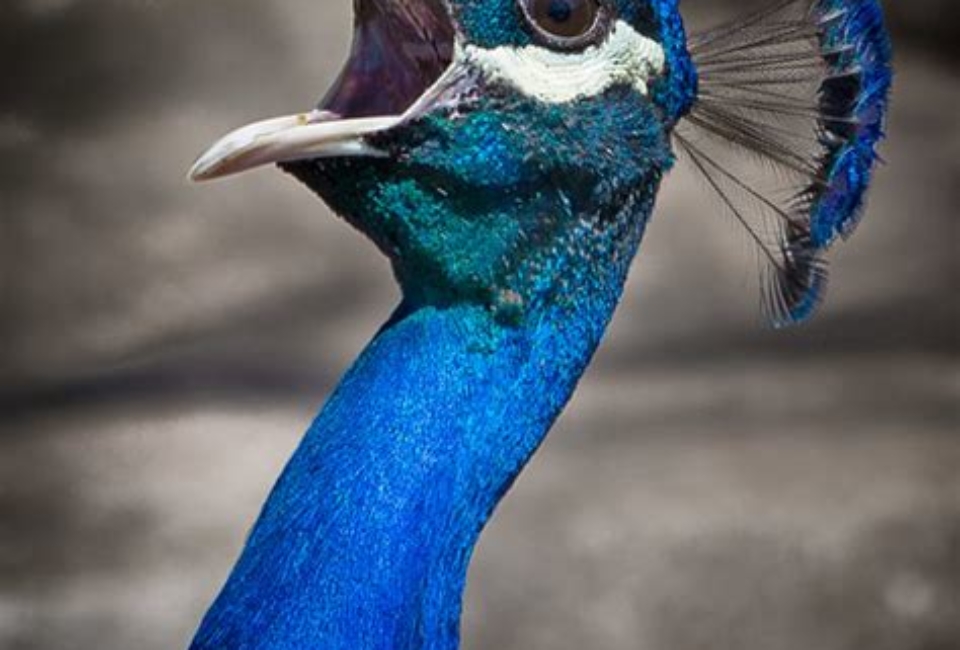

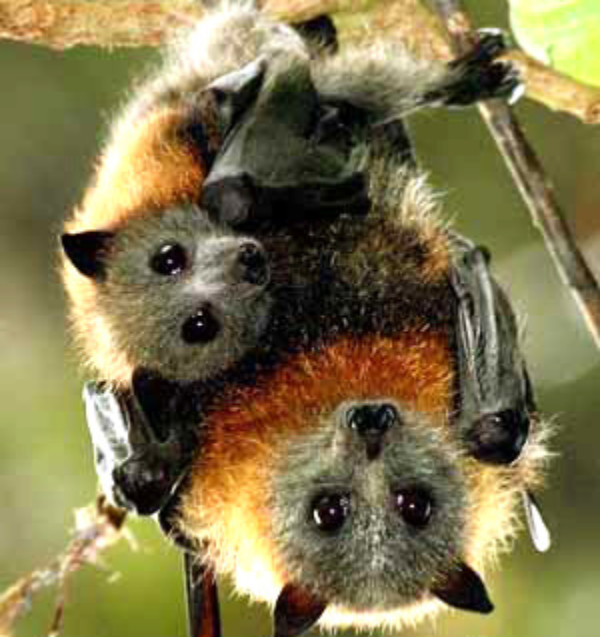

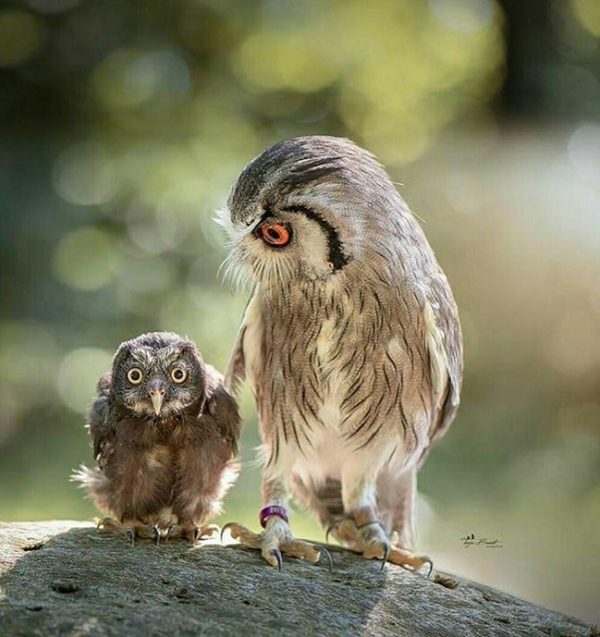
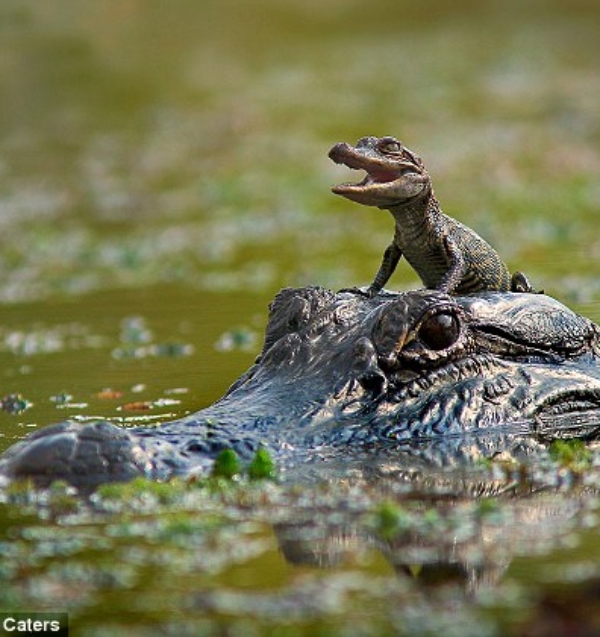
Thanks for this entertaining and informative read
Thanks for this!
This is TERF ideology.
Yeah its great! And True!
Got a brain on him… that one!
To look at, I am patently male. No confusion. Biologically, I am patently male. My singing voice however is countertenor. It is all the people who accept “intersex” without question who have a problem with that. Agendas, much?
I’m confused. You’re saying that people who are aware of and accept intersex as a reality, have a problem with the fact that you have a high singing voice?
Yes, because they are so hung up on the definition of “intersex” that someone with something they regard as an intersex characteristic, but no others, is an affront to the non-reality they are trying to construct. Singers don’t have a problem!
So you’re upset that you’re not considered intersex for having a high singing voice?
Obviously not. I have a singing voice which happens to be of a pitch usually found in women, though of male character. So what? But those who bang the “intersex” drum insist that my voice is somehow proof of an intersex “condition”. This is disturbingly similar to the Mississippi State Sovereignty Commision saying that black people are less intelligent due to various “scientific” developmental characteristics , a claim which seems to be almost universally understood as an example of using “science” to pursue an agenda.
But arent all counter tenors basically baritones or tenors when they sing with the chest voice and not the head voice?
Utter nonsense. Try getting one of us to sing tenor or baritone and you see the difference. Being countertenor is not a “condition” you need to find an “explanation” or “excuse” for, nor is it a manifestation of an intersex “condition” or proof of the existence of intersex conditions. But if people have an agenda, it can be turned into one, like everything else can. The point is: should people be paid, usually out of the public purse, to pursue their personal agendas at the expense of the people they label in such a way? Should their opinions be given any credence? Should it not be acknowledged that medicine, which is supposed to help people, has in many cases become a dumping ground for insecure people desperate to massage their own egos who do not care about the damage they cause in the process?
Thank you for posting this. The issue of what to name people born as men but wishing to be referred as female has largely been a ‘debate’ between (some) feminists and trans activitists. It is good to see men wade into the debate as well.
Nicely done, but this seems a bit like complaining that some food vendors are using the term “organic” wrongly, and calling on chemists to rise up and correct them.
A lot of friction in the trans debate/argument does seem to come from a lack of good words to describe the variety of intersex conditions, especially since there’s a resistance to medicalising personal perceptions of gender identity. The lack of good words leads to feelings of trespass, and advocates applying extrapolative logic to miss the point on both sides.
So yes, it’s a political issue, primarily connected to issues of rights and equalities above biology. (Psychology, if anything, seems the most relevant science.) Bringing gametes into it feels like a category error.
The author is simply stating the case that sex is real, that it is dimorphic or binary, and that one sex category cannot become the other – and he has done that brilliantly.
The friction you refer to is down to the insistence by many of those who promote transgenderism that all of the above is not real, at largely the cost of the female sex class.
The women, and men, who are opposing self ID and the promotion that males can become ‘women’ and therefore female, with all of the rights to the protections afforded to females based on their biology, are not being anti-trans or anti-intersex, just pro-reality.
I agree about the terminology, but this is a lack of consensus of good words; there are plenty of scientific terms to describe intersex conditions – it’s just that some people want to reject these because they undermine their claim that sex is a ‘spectrum’.
When we find or create something new, we give it a new name, one that distinguishes it from an already existing word that has specific meaning –
woman: adult human female
female: the sex that can produce eggs
You might want to check your reality – in ours, women can’t produce eggs. Females are born with them, but after birth no more produced. And of course if the ovaries are removed for whatever reason, that doesn’t stop the person being female. Or does it?
So maybe a slight tweak to your definition might be needed, say “female – the sex that was probably born with eggs but may or may not have any”. But that doesn’t really define anything, so we will just have to create some new words for women in or after the menopause and after ovarian surgery, etc. And males and females who have had gender reassignment. And are there any words for people who are an affront to our reality?
Suggestions, anyone?
Sorry you find a dictionary definition so offensive. You will find that a female foetus is still female even in the womb… and females ‘can’, not necessarily ‘do’, produce eggs
I don’t find it offensive, I just find it useless as a scientific definition. In exactly the same way that defining humans as ‘mammals that can survive without breathing for 9 months’ – it’s equally true, but both happen before birth and in the ‘real’ world we tend to use definitions that apply currently rather than only in gestation.
A scientific definition needs to hold true in all cases, rather than in a limited range that is not defined in the definition.
No, no. That’s fair. How about “In the case of mammals, one who is born lacking a Y Chromosome”? Nothing egg-ish about it. XX? Female. XY? Male. Easy peasy.
“But wait!” I hear you dying to cry out, “What of the poor sods born XXY!? However shall we categorize THEM!?”
Well, never fear, my fellow opinionated person of indeterminate gender arguing a completely superfluous point with total strangers on the Interwebs!! Medical science has, again come to your rescue! Klinefelter Syndrome (XXY Chromosomes) is actually defined as a MALE (see, it’s that Y there again) who has a “recessive genetic CONDITION” (implying that it’s NOT a “new sex”, but rather a “case of bad luck”) “that results when a boy is born with an extra copy of the X chromosome. Klinefelter syndrome is a genetic condition affecting males, and it often isn’t diagnosed until adulthood.”
In Science, we call this a “binary solution set,” – which, wonder of wonders, DOES bear a rather striking resemblance to the terminology being employed by the “non-binary gender movement”, albeit – which means “a set of possibilities in which only TWO outcomes exist.”
The prefix, “bi-” has the established meaning of “two”.
See, we use terms like this in the Scientific Community because much of our shared language is derived from Latin, which in turn was derived from the Greek prefix “di-“… (which ALSO meant, “two”) – dialects that, while admittedly dead, is still widely employed by we Scientists because in large part we’re interested in how things actually work, instead of creatively inventing new ways to pretend they do.
Now, I’m not in any way impugning your – or anyone else’s! – right to sexually identify as a Tasmanian Devil, or a Billiard Ball, or 16th Century Spanish Galleon, or whatever you so choose. Just know that, before demanding I conform to whatever nomenclature you ascribe to said identity that *I* sexually identify as a member of the British Royal Family. So be prepared to curtsey as you demand it, and to follow said insistence with a “my lord”, please.
Otherwise, you’re simply being the WORST kind of hypocrite, yanno?
“Now, I’m not in any way impugning your – or anyone else’s! – right to sexually identify as a Tasmanian Devil, or a Billiard Ball, or 16th Century Spanish Galleon, or whatever you so choose. Just know that, before demanding I conform to whatever nomenclature you ascribe to said identity that *I* sexually identify as a member of the British Royal Family. So be prepared to curtsey as you demand it, and to follow said insistence with a “my lord”, please.
Otherwise, you’re simply being the WORST kind of hypocrite, yanno?”
I’m sorry to have to contradict you, but this blog is about correcting false beliefs after all, so no, I wouldn’t be a hypocrite if I failed to curtsey and call you ‘my lord’, as, for the last 50 odd years (ever since I first heard the phrase “Norman, if you’re normal I’ll be a freak for the rest of my life…”), I have identified as an anarchist. As for my sexual identity, that’s an unknown even to me these days…
I spent a summer on a farm with a male and female peafowls. Three peachicks hatched and they could fly short hops almost as soon as their wings dried. It distressed the peahen if they flew over the low fence put up to contain them.
They are noise dirty birds, but beautiful to see.
“This is not an idea you will find in the biology peer-reviewed literature…” Give it time. We seemed to be living under populist mob-rule currently, rational debate and contrary opinion is regarded as attack and must be silenced. How long do you think it will be before biology texts feel contrained to refer to “people who menstruate”? I’m with Ms Rowling all the way, the attacks on her are shameful but it seems mainstream voices are becoming increasingly marginalised by the sheer volume of activists – god help us.
Very sweet pictures by the way.
Thanks for the post,
Niall
I wouldn’t say that intersex conditions occur “very” rarely, occurring as they do in humans at a rate somewhere between 1 in 50 and 1 in 100.
I know a person with such a condition, as do probably all of you, though perhaps you don’t know it.
That figure of 1 in 50 appear to have come from a ‘gender studies’ source and is not reliable. I am not aware of other sources that validate this figure. A response to this figure suggests the true incidence is two orders of magnitude less.
https://www.tandfonline.com/doi/abs/10.1080/00224490209552139
karotype doesn’t define sex, it’s a proxy because the sex-linked developmental alleles are found on those chromosomes. So XXY etc are irrelevant.
Who is defining “intersex conditions?” It is a lucrative racket to devise ever more inclusive definitions of “conditions” and “problems” and then claim to be a professional who demands the authority to treat them. I am allergic to cod roe, is that a “condition” which needs to be treated?
Allergy to finned fish is a frequent cause of anaphylaxis, a potentially life-threatening allergic reaction that appears quickly, impairs breathing and can send the body into shock. Would you like to do a little more background reading about intersex conditions and then get back to us?
I said cod roe (which I simply avoid eating) not tinned fish (which I have no problem with, and eat regularly). You have demonstrated my point. When a medical person with lower standards than yourself has knowledge of a characteristic (such as those associated with intersex conditions, like the single X chromosome – reference Dr. Richard Raskind), they then elevate this into a manifestation of a “condition” and go looking for it everywhere, dragging any characteristic which has the vaguest similarity to the original one into the definition of the “condition”. This then becomes a “problem” for which they are the “solution”. On the contrary, they are the problem, and the medical profession should recognise this, just as the fact that child abusers want to work in children’s homes is now recognised, but once was not.
As you implied, the issue of “gender identification” is not about science but agendas, which it should never be.
We need to distinguish between ‘intersex’, a physical/genetic condition, and ‘gender dysphoria’, a psychosexual condition (see https://www.tandfonline.com/doi/full/10.3109/09540261.2015.1115754?src=recsys –
“Gender dysphoria (GD) in childhood is a complex phenomenon characterized by clinically significant distress due to the incongruence between assigned gender at birth and experienced gender”)
I have no doubt that some individuals in a body genetically and physically of one sex genuinely identify as the opposite sex and may want or need to physically transition as a way to manage this and help their mental well-being.
I have two concerns however, which apparently it is not permissable to discuss in the current climate. One is about pressure put on children who may feel they ‘don’t fit in’ to do something dramatic (i.e. begin to transition) in an attempt to address feelings that may actually be unrelated to sexuality – depression, loneliness and so on. This pressure may come from peers, social media or so-called help groups who have invested in sex or gender issues and are resistant to discussion of other routes to a solution.
My second concern is with the concept of “self-identification” – if someone is allowed to self-identify as a member of the opposite sex without any reference to independent counselling, or psychiatric or medical advice then how do we know they are genuine? Particularly in the case of men self-identifying as female – should they have access to female lavatories, changing-rooms and so on simply on this basis?
One of the problems with the diagnosis of gender dysphoria – particularly in children – is the diagnostic criteria:
These are the criteria used at the Tavistock and Portman DIDS clinic. This is regressive nonsense.
The criteria used for adults is essentially the same except for the mention of toys:
__________
1. Butler, G., De Graaf, Nastasja, Wren, Bernadette, & Carmichael, Polly. (2018). Assessment and support of children and adolescents with gender dysphoria | Archives of Disease in Childhood. Bmj, Diseases in Childhood, 103(7). Retrieved from https://adc.bmj.com/content/103/7/631
This was entirely my point. These are characteristics, not necessarily “conditions”, but if you have a big enough ego, and a similarly great contempt for the rest of humanity, they become excuses for controlling and damaging other individuals. There is no science involved.
So? Some are female, some are male and some are one thing but want to be the other. So what? It’s about being treated as a human being isn’t it?
btw:
https://www.nationalgeographic.com/animals/2019/03/frogs-reverse-sex-more-often-than-thought/
Humans are not frogs.Does this come as a surprise to you?
Are you sure about that? I think i have seen some politicians….. no, I won’t insult the frogs any further.
Again, females are human, males are human, those who are referred here as “intersex” are human. Can we agree on that?
That would be a bizarre thing to disagree on.
The difference is that being male or female is not regarded as a “condition” requiring medical intervention, merely a characteristic. An intersex “condition” gives others the license to make medical “interventions” which have no basis in science and all in the agendas and egos of those who intervene. We can all see the huge profits that would be made by a few, at no benefit to the patients or the community, if being “male” or “female” was regarded as a condition needing treatment – a mindset not unknown to those of us married to the opposite sex!
No, visserslatijn… SOME females are human.. SOME males are human… Some humans are part male and part female..
What you meant to say was ALL humans are either Men or Women or Both or neither
I have no particular personal care either way about the use of language (a permanent ongoing argument about all words everywhere – anyone remember when “gay” meant “happy and sprightly”?), however I find the social subtext of elements of this argument very distasteful and would like to try to explain this. Apologies if I fail to do so. I will use “female/male” throughout in the way that this blog post does in order to try and clarify my communication to the author, and woman/man in the common social sense, with apologies to those I upset on all sides by doing so.
Firstly: I find it odd why so many people would care whether or not a “male” is in “my” toilet. Presumably all this fuss is about whether or not the poor chap will rape poor defenceless little me. To which I reply, (a) females can rape/violate (to avoid anyone insisting that the only way something is rape is if it involves a penis) other people too, and (b) if anyone wants to commit a crime, they are hardly going to obey the little triangle person on the door and stay out of the crime scene to be. Also, (c) suspecting all males of being rapists is truly horrible. (And (d), please. Being female is not a guarantee of either victory or defeat in any physical conflict. There’s also usually somebody near a public toilet to hear a fight / yelling for help, and if there’s not, there wouldn’t be anyone around to stop the “wrong” kind of person going into it, either.) If either you or I had a problem with a member of the opposite sex existing either in the street or in a closed toilet stall, I would suggest that we had some sort of bizarre phobia. What’s next, not sitting next to women on the bus?
(Also, if we consign all the trans women to the men’s toilets, we are also consigning all the potentially quite manly, bearded, flat-chested, deep-voiced, etc. etc. etc. trans men to the women’s toilets. How do we solve that can of worms? What if your hypothetical toilet-invading male now claims he is a trans man under these circumstances?)
Fundamentally, gendered toilets, gendered toys, gendered social roles (rather than biological roles – the female will give birth [biological], but the male is just as capable of changing the nappies [social]) and gendered hobbies are a terrible idea. So are gendered clothing expectations. (Why shouldn’t a female wear trousers or a male wear a dress? Why is a skirt on a male suddenly socially acceptable if he calls it a “kilt”?) Since someone else’s reproductive status is of no relevance to me, as far as I’m concerned they can do whatever they want with their body, whether that’s tattoo it or change its shape. It’s not really any different to plastic surgery in that respect. Their doctor needs to care what organs they have and what medications they’re on, and so might their partner/s. As a stranger on the train, neither you nor I do, so what business is it of ours?
Finally, I would have to be a very delicate little flower indeed for someone else’s concept of themselves to have any impact on my own. If someone else’s non-hostile existence threatens one’s very sense of self, possibly one should see a psychiatrist to help with that. Also, to women, men, and just generally everyone out there, if you have any respect for other people, don’t speak for the feelings of all members of any category without asking them ALL first. This female’s identity, agency, rights, and sense of self aren’t in the least bit affected by whether or not any of my friends have/had ovaries/testicles, and my ability to use language to describe the life I have lived is also entirely unaffected. To the extent that there are special social protections afforded to females that are not afforded to males, and vice versa, that is wrong and is not something that we should be encouraging. (E.g. “it is wrong to hit a woman” should be “it is wrong to hit a person”, or, if one comes at it from the stereotype angle, “it is wrong to hit a person who is weaker than you”.) It’s not relevant to their function as a person, any more than their skin colour (which also tends to come vaguely correlated to all sorts of factors, some genetic and some societally imposed) is. Or should we also make separate toilets for our darker/paler-skinned brethren, too?
TL;DR: we would solve a lot more problems by fixing the weird way in which society treats being male/female and how society will/won’t permit males/females to look and behave than we will by arguing about the biological definitions of particular words. Apologies for length.
“Presumably all this fuss is about whether or not the poor chap will rape poor defenceless little me” – No, it isn’t.
Would you concede there might be women who would feel differently about the presence of a male in their toilet or changing-room purely on the basis that they had ‘self-declared’ they were a woman?
Indeed. It was put a different way by Helen Staniland:
“Do you believe that male-sexed people should have the right to undress and shower in a communal changing room with teenage girls?”
The point is what would happen to such a male sexed person if he caused offence by this. I wonder which side a medical person we would regard as a “quack” would be on? How long will it be before it is acknowledged that the link between quackery and willful misconduct, both legal and moral, is as strong as those between smoking and lung cancer and thalidomide and foetal deformity?
Very clear and very well written…
One quibble:
“And we can keep tracing that line of mothers and daughters back about 1,000,000,000 years to a multicellular organism that started producing different sized diploid sex cells.”
Shouldn’t that be: “….different sized haploid sex cells”?
Oh this is disappointing! I’m sorry to see someone generally so good at understanding evidence, reasoning logically and debating fairly stoop to this. Everything you have said about sex is essentially true, if oversimplified. The problem is your conflation of a concept from biology, i.e. sex, with a rather distantly related concept from the social sciences, gender!
Do you not know the difference? I hope you don’t, because then you have merely committed a category error and you can fix that by reading the relevant literature! As I said I’d be a little disappointed because I can’t think of any other writing of yours that strays into Dunning-Kruger territory but at least it’s fixable!
If you do, in fact, know the difference, that’s much worse! Then you are perpetrating a Straw Man fallacy in defence of your prejudices. I’ve read your writing for many years and I’ve always been impressed by you rigour and intellectual honesty; a Strawman is beneath you!
Matt. Two questions. 1) where exactly and how have I conflated sex and gender. You failed to say. 2) what is a gender.
Years late but still needs to be said. You do not know what you are talking about. We’ll even skip the super hard definition of what is male and female, and just go right to a seemingly unimportant point…that you do not even know the definition of “Straw Man Fallacy”
Thank you for your content-free opinion.
Well, you lost me after the first two sentences, and anyway I am not too interested in ‘agendas’, intersex, and the like. I enjoy listening to countertenors though (as long as they dont bray), and in support of my previous assertion, here is a quote from Wikipedia:
A countertenor (also contra tenor) is a type of classical male singing voice whose vocal range is equivalent to that of the female contralto or mezzo-soprano voice types, generally extending from around G3 to D5 or E5,[1] although a sopranist (a specific kind of countertenor) may match the soprano’s range of around C4 to C6.[2] Countertenors often are baritones or tenors at core, but on rare occasions use their lower vocal range, instead preferring their falsetto or high head voice.
Countertenor and falsetto are two different things. Those who are tenors or baritones at heart (for example, the Bee Gees) can also sing falsetto. Those who are actually countertenors can’t sing lower registers very well. In most such cases, as in mine, they were tenors by default but after a certain number of years become natural countertenors because it was always there waiting to get out.
I am a female and I approve this message.
“you will find in the biology peer-reviewed literature where sex is universally described as above – a category based on gamete types”
-Seeing as your position rests on this, please could you provide some evidence this is the case?
Including evidence of absence of other descriptions of sex based on chromosomes, hormones, morphology etc in the accepted literature.
-We should also note that even if what you suggest is the case, different communities (eg nonspecialists) can legitimately have different meanings for the same term.
I am not sure what sort of evidence would show that biology *universally* defines sex with respect to gamete types. I cannot systematically walk though every paper – but you coiuld show *any* exception to this.
Anyone trained in biology will be able to tell you about the primary significance of the two types of gamete in defining what a sex is. But for you, here is one paper stating this explicitly and saying only two sexes have evolved.
https://academic.oup.com/molehr/article/20/12/1161/1062990
Non -specialists are free to have their own meanings. They will thought be talking shite.
1. As I say, Im seeking examples from those three fields please. Your writing seeks to persuade people.
Am open to anisogamy being the ubiquitous definition, but the case for this has not been made in a manner proportionate to the heavy lifting it’s doing, to my mind.
It’s merely asserted, and that’s an uncomfortable red flag considering this is sci-comm.
2. The cat is on the mat is still meaningful for non-specialists even if the “cat” is a spotted genet.
On the ‘notion’ among the ‘cat-food tin opening apes that sex is not real, it is an arbitrary construct’, first I’d like to observe that it seems to be a ‘notion’ not held by all the tribes of apes, but just some particular ones. Also on the comment ‘it is a political and social idea that impacts females and their rights to define themselves as a material class’, I’d contend that while that is a side effect, it is not a core tenet of the ‘notion’. My belief is that the factor underlying the ‘notion’ in Western countries and Japan and some other parts of Asia is the pervasiveness and inescapability of mainstream media, and the extent to which it conveys idealised images and idealised behaviours in respect of what a young woman (particulary) or a young man (to a lesser extent) should come to behave like, and in particular, to look like. Plenty of young women and men simply don’t have the physiology or the temperament for such conformation, or for that matter the temperament to ignore the pressure for conformation, and therefore come to see themselves as being something from outside the mainstream system. Thus this distorted ‘notion’ of sex and gender has been created to provide these young folk with a sense of identity, which TV, advertising, movies, magazines and much of the internet have failed to provide across the social spectrum in recent decades.
The argument is not that sex is a spectrum, but that gender expression is. The two are related but not always aligned.
How are sex and gender related and how would alignment be established or recognised?